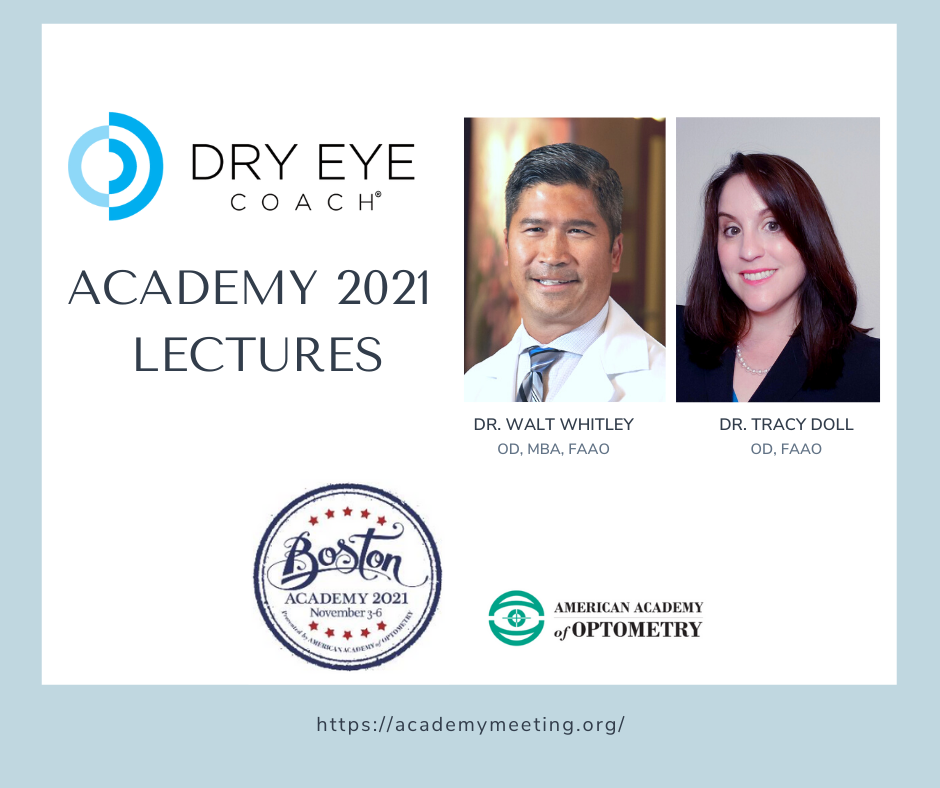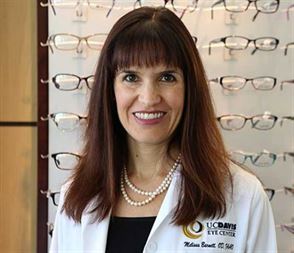Adding IPL: Does It Make Sense for Your DED Practice?
Intense Pulse Light (IPL) is used in various applications in skin care, for instance, in hair removal and to yield collagen remodeling to eliminate fine lines and wrinkles. More recently, evidence has emerged suggesting that IPL may also be beneficial for treatment of dry eye disease (DED), especially if there is a component of meibomian gland dysfunction (MGD) driving disease activity.
Over a decade ago, Rolando Toyos, MD, described a series of patients who were treated with IPL for their ocular rosacea who appeared to gain an additional benefit in relief from DED symptoms. In the ensuing time period, several studies have shown that disease features of rosacea may contribute to the inflammatory milieu that corresponds with emergence or worsening of DED, helping to explain the results shown by Dr. Toyos. Moreover, skin changes from ocular rosacea that occur on the skin around the eyes may have consequence for meibomian gland health, causing or exacerbating MGD that leads to eventual development of DED. Understanding that rosacea is a local-regional disease that affects the eyes makes treatment with a local-regional approach appealing.
The intersection between ocular and facial rosacea and MGD and DED may be more pronounced that once thought. About 80% of rosacea patients also have MGD and in roughly 20% of cases of rosacea, ocular manifestations precede skin signs. When the dilation of the superficial vasculature, upregulation of proinflammatory mediators, and eventual development of associated telangiectasias occurs in the periocular region, meibomian gland health can be compromised in Vicious Circle fashion set the stage for development and worsening of DED signs and symptoms.
The inflammatory features of rosacea and DED along with the understanding of contributory local regional diseases such as rosacea explains why a DED treatment plan that includes IPL makes rational sense. IPL is a multimechanism therapy, with effect on several triggers of both rosacea and MGD-associated DED. For rosacea, IPL induces cellular and molecular-based anti-inflammatory mechanisms, coagulates abnormal blood vessels, and sanitizes the treated skin to reduce microbial flora and Demodex mite loads. As for MGD-associated DED, IPL reduces the inflammatory burden and reduces inflammatory mediators, decreases the microbial load on the skin (including Demodex), increases local cellular metabolism, and, as inflammation improves, the biochemistry melting point stasis of the meibum is improved.
In the latest edition of my podcast, Dry Eye Coach, I interviewed Laura Periman, MD, a leading expert on IPL therapy, about how she uses this modality in her clinic. According to Dr. Periman, who said she utilizes the M22 system by Lumenis in her practice, IPL is an important adjunctive treatment in a broad approach to DED management. IPL may not replace other forms of therapy, she said, but because it has a unique mechanism of action, it is complementary to pharmacotherapy, warm compresses, and thermal pulsation therapy that are a mainstay of managing DED.
While IPL yields cosmetic benefits that may not be the most important reason why eye care practitioners should consider it for treatment of DED. As Dr. Periman alluded to in our interview, the cosmetic benefit in dry eye patients is really secondary to the relief they get from irritating and often uncomfortable ocular symptoms. The complex, interrelated pathophysiology of dry eye really demands an approach that addresses its multiple mechanisms; and, thus, the value of IPL is not so much what it can do in isolation, Dr. Periman told me, but what it adds to the clinician’s ability to address the relevant exacerbators and consequences of DED.
One of the important lessons we have learned about DED in the past decade-plus is that patients often need multiple lines of therapy. There is increasing recognition that addressing comorbid conditions provided additional benefit. This is precisely why IPL has garnered so much attention as a safe and effective treatment of DED—with a positive aesthetic benefit that really becomes the icing on the cake.











